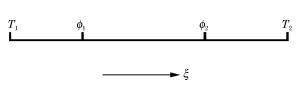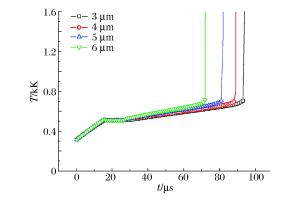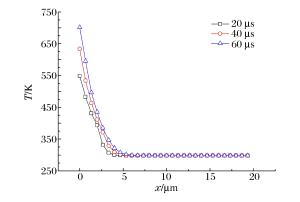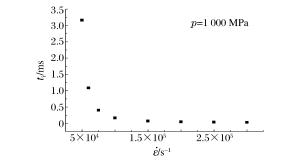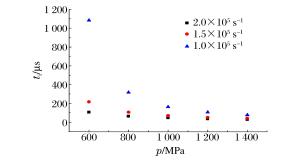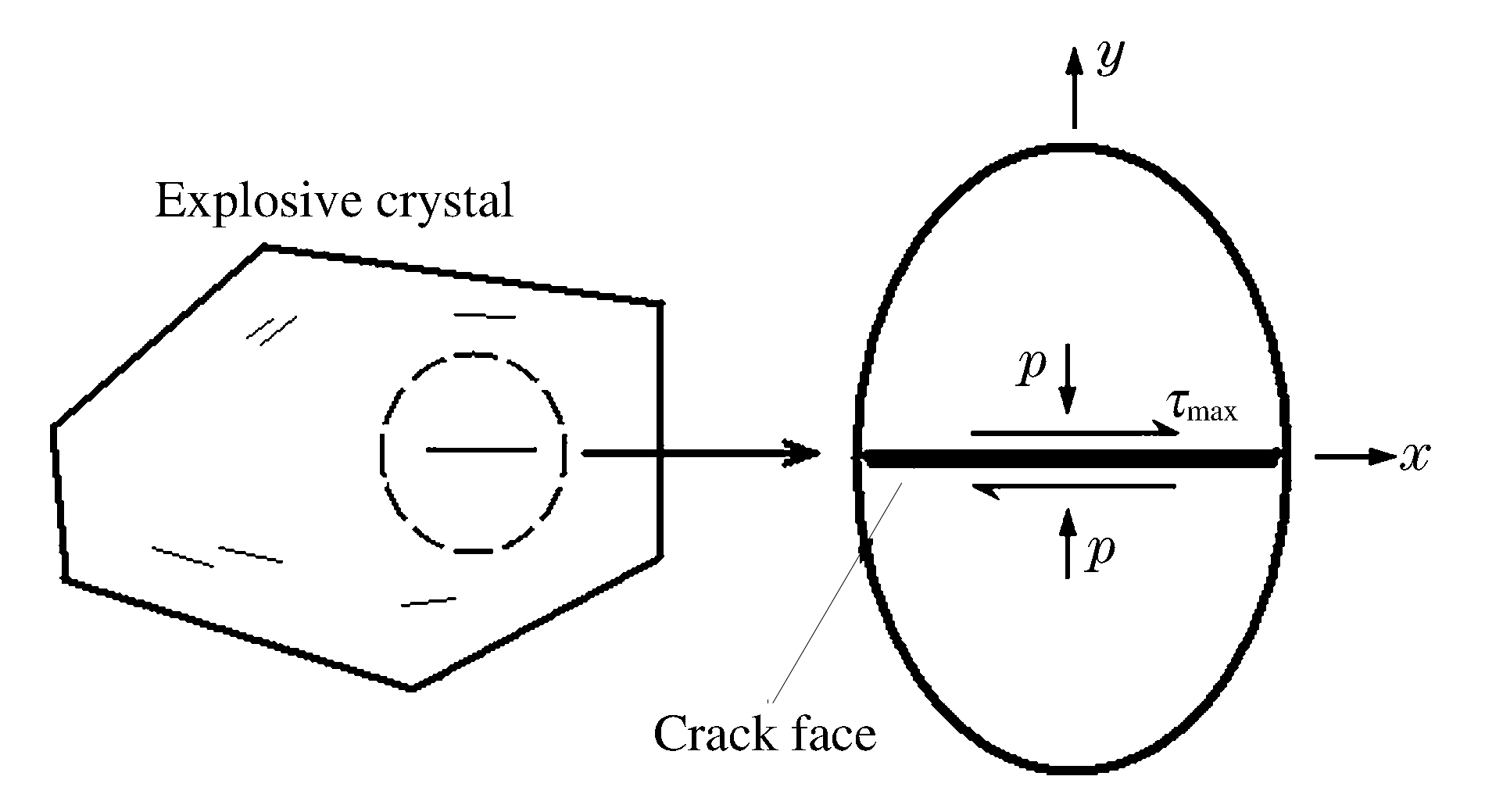| [1] |
Asay Blaine W. Non-shock initiation of explosives[M]. Heidelberg: Springer-Verlag, 2010: 15-18.
|
| [2] |
Bowden F P, Yoffe A D. Initiation and growth of explosives in liquids and solids[M]. Cambridge: Cambridge University Press, 1952.
|
| [3] |
Bowden F P, Yoffe A D. Hot spots on rubbing surfaces and the detonation of explosives by friction[J]. Proceedings of the Royal Society of London, Series A: Mathematical & Physical Sciences, 1947, 188(10): 329-349. doi: 10.1098/rspa.1947.0012
|
| [4] |
Amosov A P, Bostandzhiyan S A, Kozlov V S. Ignition of solid explosives by the heat of dry friction[J]. Fizika Goreniya i Vzryva, 1972, 8(3): 362-368. http://www.onacademic.com/detail/journal_1000034907003910_0866.html
|
| [5] |
Amosov A P, Bostandzhiyan S A, Kozlov V S, et al. Mechanism of heating up and ignition of solid explosives due to external friction as a result of mechanical stimulations[J]. Fizika Goreniya i Vzryva, 1976, 12(5): 699-703. doi: 10.1007/BF00743166
|
| [6] |
Wiegand D A, Redingius B, Ellis K, et al. Pressure and friction dependent mechanical strength-cracks and plastic flow[J]. International Journal of Solids and Structures, 2011, 48(11/12): 1617-1629. http://www.sciencedirect.com/science/article/pii/S0020768311000424
|
| [7] |
Wiegand D A, Redingius B, Ellis K, et al. Evidence for fricgtion between crack surfaces during deformation of dcomposite plastic bonded explosives[C]∥Elert M L, Buttle W T, Furnish M D, et al. Proceedings of Shock Compression of Condensed Matter-2009. Nashville, Tennessee, 2009: 349-352.
|
| [8] |
Wiegand D A, Redingius B. The role of friction in the mechanical failure properties of a polymer particulate composite[C]∥APS March Meeting. New Orleans, 2008.
|
| [9] |
陈文.高速侵彻条件下战斗部装药安全性研究[D].北京: 北京理工大学, 2009.
|
| [10] |
Boyle V, Frey R, Blake O. Combined pressure shear ignition of explosive[C]∥Lee E L, Short J M. Proceedings of the 9th International Detonation Symposium. Oregon, Portland, 1989: 3-17.
|
| [11] |
Frey R B. The initiation of explosive charges by rapid shear[C]∥Proceedings of the 7th International Detonation Symposium. Annapolis, Maryland, 1981: 36-42.
|
| [12] |
Dienes J K. A unified theory of flow, hot spots, and fragmentation with an application to explosive sensitivity[M]. New York: Springer, 1996: 366-398.
|
| [13] |
Dienes J K, Kershner J D. Multiple-shock initiation via statistical crack mechanics[C]∥Short J M, Kennedy J E. Proceeding of the 11th International Detonation Symposium. Snowmass, Colorado, 1998: 717-724.
|
| [14] |
Dienes J K, Kershner J D. Crack dynamics and explosive burn via generalized coordinates[J]. Journal of Computer-Aided Materials Design, 2000, 7(3): 217-237. doi: 10.1023/A:1011874909560
|
| [15] |
Bennett J G, Haberman K S, Johnson J N, et al. A constitutive model for the non-shock ignition and mechanical response of high explosives[J]. Journal of Mechanical Physical Solids, 1998, 46(12): 2303-2322. doi: 10.1016/S0022-5096(98)00011-8
|
| [16] |
Linan A, Williams F A. Theory of ignition of a reactive solid by constant energy flux[J]. Combustion Science and Technology, 1971, 3(2): 91-98. doi: 10.1080/00102207108952276
|






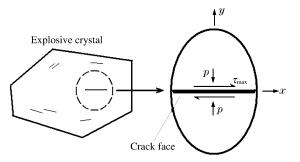
 下载:
下载:
